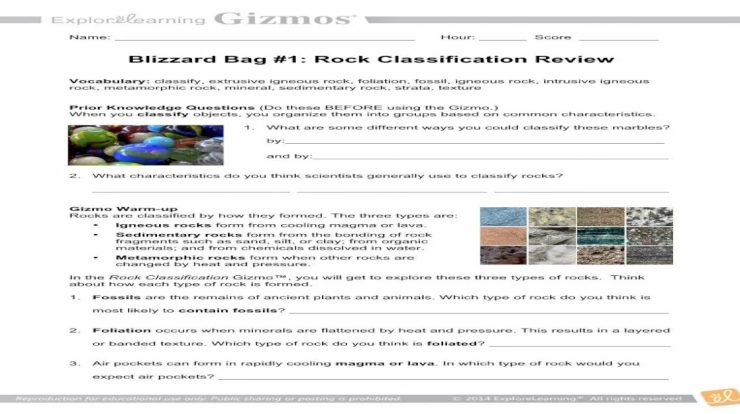Delve into the fascinating world of foldable layers of the Earth, where the planet’s crust, mantle, and core intertwine in a dynamic dance of geological processes. Discover the forces that shape these layers, creating intricate folds that hold clues to Earth’s history and reveal the secrets of its hidden resources.
From the towering peaks of mountains to the depths of ocean basins, folding plays a pivotal role in shaping our planet’s diverse landscapes. Join us on an exploration of these remarkable geological formations, unraveling the mysteries that lie beneath our feet.
Geological Layers of the Earth
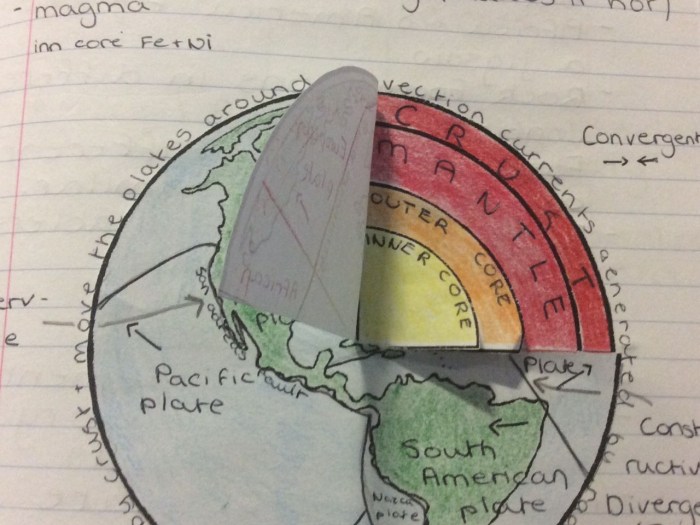
The Earth’s structure can be divided into three main layers: the crust, the mantle, and the core. Each layer has distinct composition and physical properties.
Composition of the Earth’s Layers
- Crust:The crust is the outermost layer of the Earth. It is composed primarily of silicate minerals and is relatively thin, ranging from 5 to 70 kilometers thick. The crust is divided into two main types: continental crust and oceanic crust.
To master the concept of foldable layers of the earth, it’s essential to practice. A great way to do this is through the chapter 6 mid chapter test . This test covers various aspects of the topic, ensuring you grasp the complexities of these layers.
By taking the test, you’ll reinforce your understanding and prepare for future assessments related to foldable layers of the earth.
Continental crust is thicker and less dense than oceanic crust, and it is composed of a variety of rocks, including granite, gneiss, and schist. Oceanic crust is thinner and denser than continental crust, and it is composed primarily of basalt.
- Mantle:The mantle is the layer of the Earth that lies beneath the crust. It is composed primarily of silicate minerals, and it is much thicker than the crust, ranging from 2,900 to 6,700 kilometers thick. The mantle is divided into two main layers: the upper mantle and the lower mantle.
The upper mantle is more viscous than the lower mantle, and it is the site of most of the Earth’s tectonic activity. The lower mantle is more rigid than the upper mantle, and it is thought to be composed of a mixture of solid and molten rock.
- Core:The core is the innermost layer of the Earth. It is composed primarily of iron and nickel, and it is very dense. The core is divided into two main layers: the inner core and the outer core. The inner core is solid, and it is about 1,220 kilometers in diameter.
The outer core is liquid, and it is about 2,260 kilometers thick.
Processes that Form and Modify the Earth’s Layers
The Earth’s layers are constantly being formed and modified by a variety of processes. These processes include:
- Plate tectonics:Plate tectonics is the process by which the Earth’s crust is divided into a number of large plates that move relative to each other. Plate tectonics is responsible for the formation of mountains, volcanoes, and earthquakes.
- Volcanism:Volcanism is the process by which molten rock from the Earth’s mantle erupts onto the surface. Volcanism can create new landforms, such as volcanoes and lava flows.
- Erosion:Erosion is the process by which wind, water, and ice wear away the Earth’s surface. Erosion can create valleys, canyons, and other landforms.
- Deposition:Deposition is the process by which sediment is deposited on the Earth’s surface. Deposition can create landforms such as deltas, beaches, and sand dunes.
Folding Processes
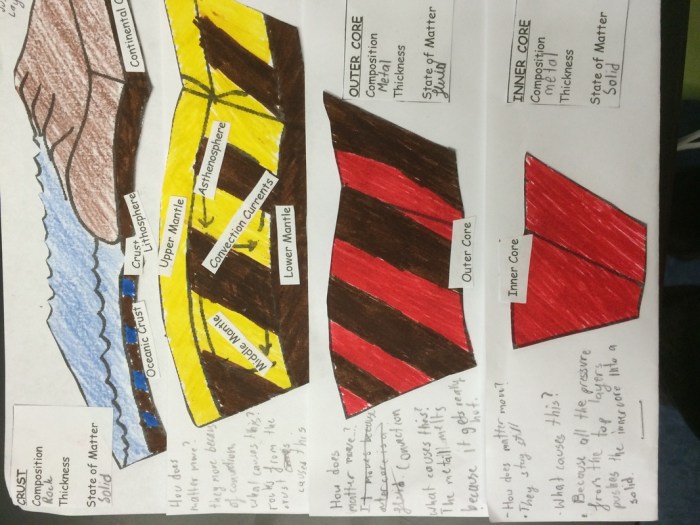
Folding is a geological process that occurs when rock layers are bent or deformed due to compressional forces. These forces can be caused by tectonic plate movement, collision, or other geological events.
There are several types of folds, each with its unique characteristics:
Anticlines
Anticlines are folds where the rock layers are bent upwards, forming an arch-like structure. They are typically found in areas of compressional stress.
Synclines
Synclines are folds where the rock layers are bent downwards, forming a trough-like structure. They are also found in areas of compressional stress.
Monoclines
Monoclines are folds where the rock layers are tilted in one direction. They can be caused by faulting or other geological processes.
Overturned Folds
Overturned folds are folds where the rock layers have been tilted past the vertical, causing them to be upside down. They are typically found in areas of intense compressional stress.
Fold Structures
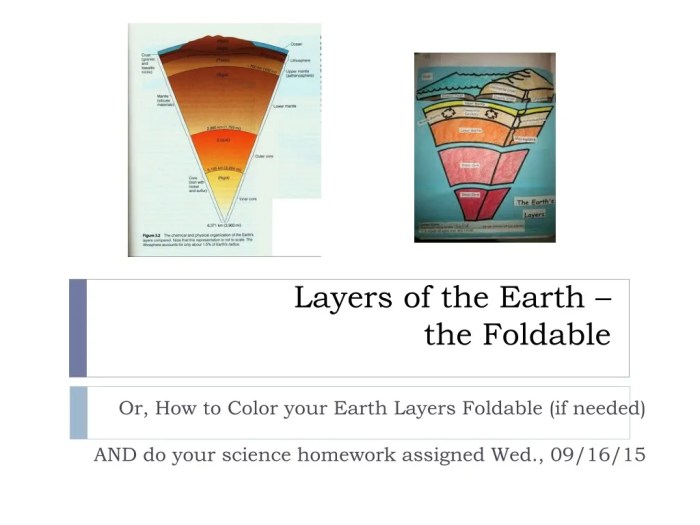
Folds are bends or curves in rock layers caused by compressional or tensional forces within the Earth’s crust. They play a significant role in shaping the Earth’s surface and creating various geological features.
There are three main types of fold structures: anticlines, synclines, and monoclines.
Fold Types
| Fold Type | Description |
|---|---|
| Anticline | An upward-convex fold where the oldest rocks are found at the core. |
| Syncline | A downward-convex fold where the youngest rocks are found at the core. |
| Monocline | A fold with only one limb, where the layers are tilted in one direction. |
Folding processes can create geological features such as mountains and valleys. Anticlines often form mountain ranges, while synclines form valleys or basins. Monoclines can create plateaus or mesas.
Economic Significance of Folds
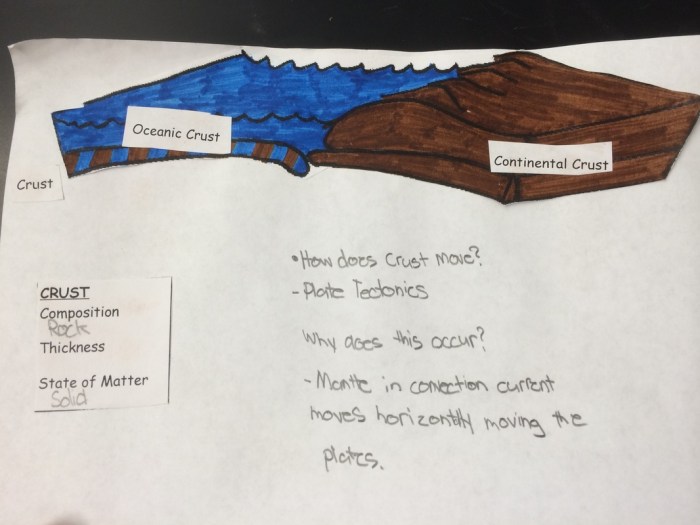
Folds, created by tectonic forces, have significant economic implications. They play a crucial role in the formation of traps that accumulate valuable hydrocarbons and minerals, making them important targets for exploration and extraction.
Folded formations can create traps for hydrocarbons, such as oil and gas, by forming impermeable barriers that prevent their upward migration. These traps occur when a permeable rock layer, containing hydrocarbons, is folded and overlain by an impermeable layer. The hydrocarbons become trapped within the folded structure, creating a reservoir for extraction.
Exploration and Extraction Methods
Exploring folded formations for hydrocarbons and minerals involves various geophysical techniques, such as seismic surveys, to identify potential traps. Once a promising site is identified, drilling is conducted to confirm the presence of resources.
Extracting resources from folded formations requires specialized techniques. Directional drilling is often employed to access hydrocarbon reservoirs located deep within the folded structures. For mineral extraction, methods like open-pit mining or underground mining are used, depending on the depth and accessibility of the deposit.
Applications of Fold Analysis
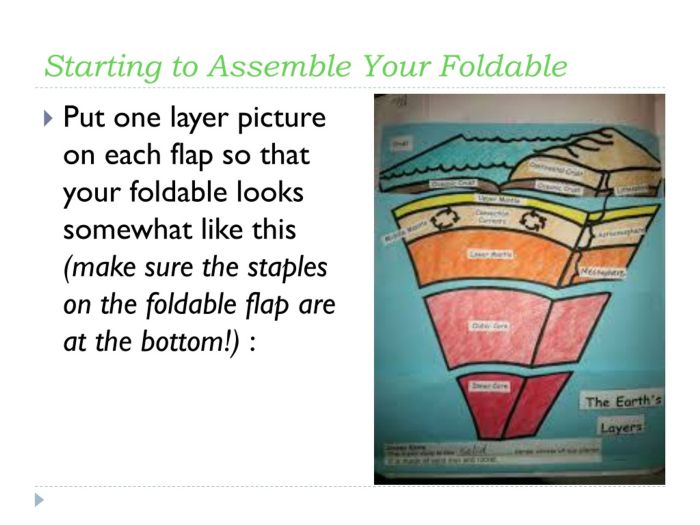
Fold analysis is a powerful tool for geologists to study Earth’s history and structure. By examining the geometry and orientation of folds, geologists can gain insights into the forces that have shaped the Earth’s crust.
Techniques Used to Study Folds
There are a variety of techniques used to study folds, including:
- Geological mapping:Geological mapping involves creating a map of the distribution of different rock units in an area. This map can then be used to identify folds and other geological structures.
- Seismic surveys:Seismic surveys involve sending sound waves into the ground and recording the reflections from different layers of rock. This information can be used to create a three-dimensional image of the subsurface, which can help geologists identify folds and other geological structures.
How Fold Analysis Helps Geologists Understand Earth’s History and Structure, Foldable layers of the earth
Fold analysis can help geologists understand Earth’s history and structure in a number of ways, including:
- Determining the age of rocks:Folds can be used to determine the age of rocks by examining the relationship between the folds and the rocks that they are in. For example, if a fold is found in a rock unit that is known to be 100 million years old, then the fold must also be at least 100 million years old.
- Identifying the direction of tectonic forces:Folds can be used to identify the direction of tectonic forces that have acted on the Earth’s crust. For example, if a fold is oriented in a north-south direction, then it is likely that the tectonic forces that caused the fold were acting in a north-south direction.
- Understanding the history of mountain building:Folds can be used to understand the history of mountain building. For example, if a fold is found in a mountain range, then it is likely that the fold was formed during the process of mountain building.
Helpful Answers: Foldable Layers Of The Earth
What causes folding in the Earth’s layers?
Folding is primarily caused by tectonic plate movements and compressional forces that occur during collisions or subduction zones.
What types of folds exist?
There are various types of folds, including anticlines (upward folds), synclines (downward folds), and monoclines (folds with one limb dipping gently and the other limb nearly horizontal).
How do folds contribute to the formation of geological features?
Folding can create mountains, valleys, and other geological structures by uplifting or depressing the Earth’s surface.
